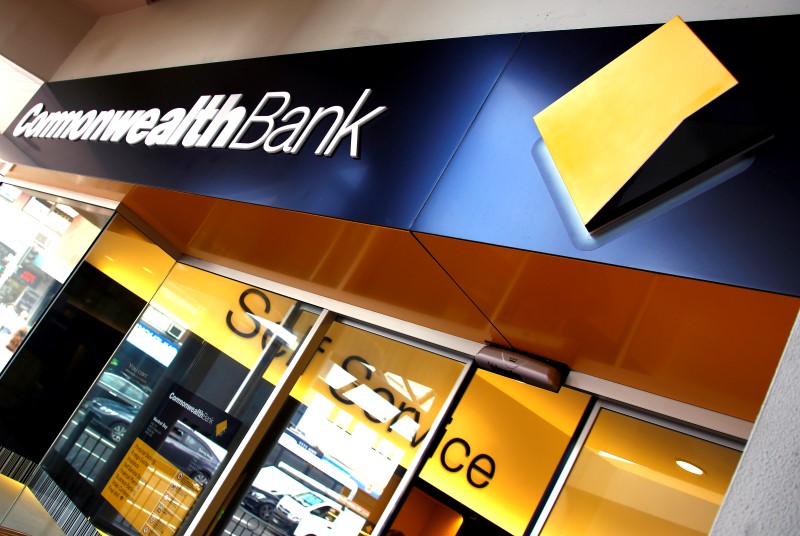(Repeats story issued late on Tuesday)
By Swati Pandey
SYDNEY, Aug 16 (Reuters) - Banks in Australia and New Zealand are in a race to push deposits rates higher even as official cash rates drop, becoming an outlier in the global banking world as they scramble to entice more savers.
Across the world, where interest rates are near zero percent or negative, yield-hungry investors have pulled money out of bank deposits and moved it into bonds, equities and property.
But banks need deposits to fund growth, and Australian regulators are pushing for lenders to hold more long-term deposits which are considered less risky. New rules are due later this year.
While central banks in both Australia and New Zealand have cut rates twice this year by a total of 50 basis points (bps) each, lending rates have not dropped as much and deposit rates have risen by up to 85 bps. as the two central banks juggle rising currencies, economic slowdowns and frothy housing markets while trying to ease policy, the upcoming regulations and higher cost of funding mean the banking sector is putting a spanner in the works.
Obviously, RBNZ governor Graeme Wheeler would "like to see most of the rate cut passed on," he said at a news conference last week when banks cut lending rates by 5-10 bps.
Meanwhile, the Australian Chamber of Commerce and Industry urged banks to "pass on as much of the rate cut as they can afford to small business... because that will stimulate investment and that leads to the creation of more jobs."
The four major banks charge around 4 percent on mortgages while the official cash rate is at a record low 1.5 percent. They are paying between 2.4-3 percent on 1-year deposits but analysts expect that to rise further.
"A breakout in deposit competition is likely," UBS analyst Jonathan Mott said, while Morgan Stanley (NYSE:MS) analyst Richard Wiles predicts a "war on deposits". Banks call the fight for more deposits a sign of the times.
"I am playing the game of earning 3 percent on my deposits. I am just moving them around to where I get the best rates," said 65-year-old Michael Costa, a Sydney resident.
"I am waiting for equity markets to re-adjust a bit going into next year, so I will move money into shares when the time is right."
But he said more Australians would prefer lower mortgage rates.
"How many Australians will have enough money to put into deposits? Most have mortgages and that's what everyone focuses on."
LENDING MARGINS UNDER PRESSURE
The requirement to raise more term deposits is particularly challenging for the two countries, which have a combined population of under 30 million.
The move will also further pressure lending margins to record lows, several analysts said.
"In our view, margin pressure is becoming more broad-based," Wiles said, forecasting a 4 bps fall in Commonwealth Bank's CBA.AX retail margins in the current year ending June 2017.
Australia's banking regulator is expected to announce new funding standards for banks which would come into effect from 2018. The new Net Stable Funding Ratio (NSFR) assumes that pricier longer-term funding is more stable than cheaper short-term offshore funding with tenor of less than a year.
Meeting that is not going to be easy.
Australia's "Big Four" banks have boosted domestic deposits to about 60 percent of total funding from 40 percent in 2007. But that is still low compared with 80-90 percent for three of Singapore's biggest banks, according to Moody's.
That ratio is around 70 percent for Hong Kong banks and 77 percent for China, according to data from consultancy EY.
